Yoko Ono Exhibition – Art Review
Yoko Ono’s Art Exhibition
In London it’s hard to believe that there are any places that are devoid of the chaos of industry. A very crowded place – cars and people push past everyone to get anywhere. But on a nice sunny day there is, in London, such a place. In the middle of Hyde Park nature is at peace. Trees gently sway in the winds as the sun highlights its leaves. It is very green and there is a sense of calm upon the faces of those who have ventured inside. There are only some areas which show the signs of mankind – and one such place is the Serpentine Gallery.
This place was chosen for Yoko Ono’s art exhibition and it seems strangely fitting. Yoko Ono is a strange face for the world because so many know of her but none really for what they should – her art. In the 1960’s she created many works of art in several mediums to promote the ideas of piece. One of her famous works No. 4. (Bottoms) (d. Yoko Ono UK 1966) could be read as a petition for peace just with people signing with their bottoms. Her work sprung out of the fluxus movement (not to oversimplify but an art movement that looks at simple things to jest at what is known to be art) and can have simple attributes but continues with an anti-war and peaceful ‘love everyone’ theme.
Upon entering the Serpentine Gallery it was exciting to see works that I had only read about and that for their simplicity I had found quite inspiring. Reviews of this exhibition range from good to bad, many focusing too much on people she knew – why do we consider the person more than the art!? But one of the biggest things that struck me, I’ve not seen mentioned. Her works showcased here are mainly older works or recreations. One such work was Ceiling Painting (1966) that I was told was the original and so could not be interacted with. This painting consisting of a ladder to be climbed and a magnifying glass to be used in order to see the painted word ‘Yes’, as such it had lost its power by no longer being interactive.
This idea that this exhibition showed nothing new can be explored through a filmed performance piece exhibited called: Cut Piece (1964/2003). Although I could review the piece itself, the point of interest here is that both pieces were shown and therefore could be compared. Looking to the original there was a sheer trance like performance being given that gave the film its impact. The later performance, however, lacked this concentration and served as an almost identical but half arsed reproduction. Considering the significant difference between the two it was hard not to feel as if the rest of this exhibit was as if it was in tribute to her older works as if she were dead. There’s nothing really new or being explored past her original works. War and peace are still issues today of course but her angle hasn’t changed. Her works being mostly of the 1960’s keeps her messages to the 1960’s and so the exhibition was largely disappointing.
Despite of this criticism, I still enjoyed ‘experiencing’ her work. Fly (d. Yoko Ono USA 1970) and No. 4. are works in film that have made a significant impact upon experimental cinema in the 1960’s/1970’s. Many also view works such as Ceiling Painting, as significant works to the medium. It made for a very interesting experience to see them all and those you could participate in allowed for a particular active enjoyment that was vital to her aims and those of other fluxus artists. It was also funny to see a parent being enthusiastic about nudity to her kids – art appears to make nudity ok!
The exhibition is still active until the 9th of September 2012 and is completely free to any who believe the experience to be worthwhile! I shall then leave you with items of interest in connection with this article and its topic:
- http://bibliographyofyuyuchen.blogspot.co.uk/2011/03/yes-yoko-ono.html
- http://www.independent.co.uk/arts-entertainment/art/reviews/yoko-ono-to-the-light-serpentine-gallery-london-7878480.html
- http://www.standard.co.uk/arts/visual-arts/yoko-ono-to-the-light-serpentine-gallery–review-7857762.html
- http://www.telegraph.co.uk/culture/art/art-reviews/9349066/Yoko-Ono-at-Serpentine-Gallery-Seven-magazine-review.html
- http://londonist.com/2012/06/art-review-yoko-ono-to-the-light-serpentine-gallery.php
- Hendricks, Jon (ed). ‘Yoko Ono: to See the Skies’ Mazzotta Edizione, (1999).

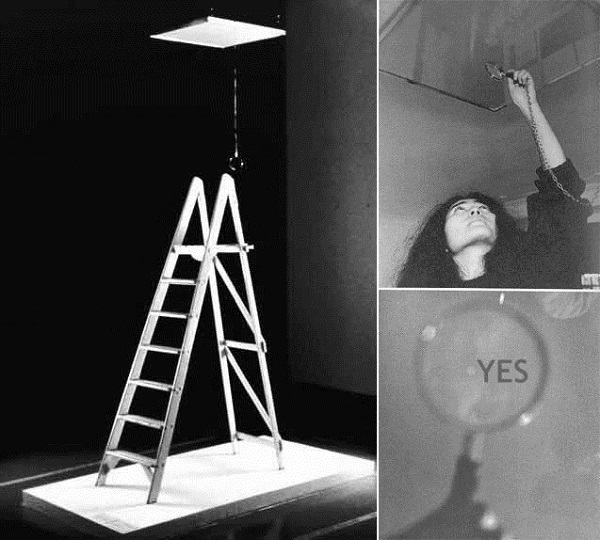
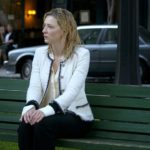
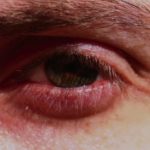
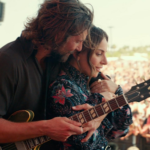

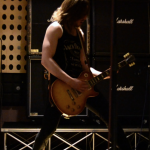
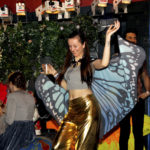
Leave a Reply